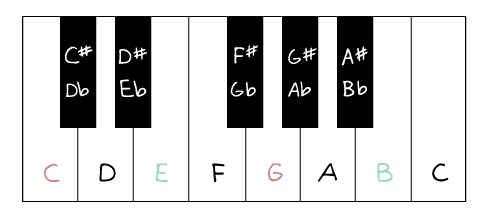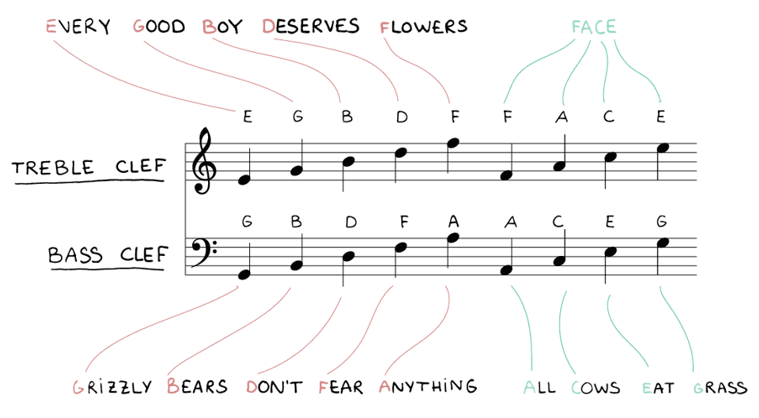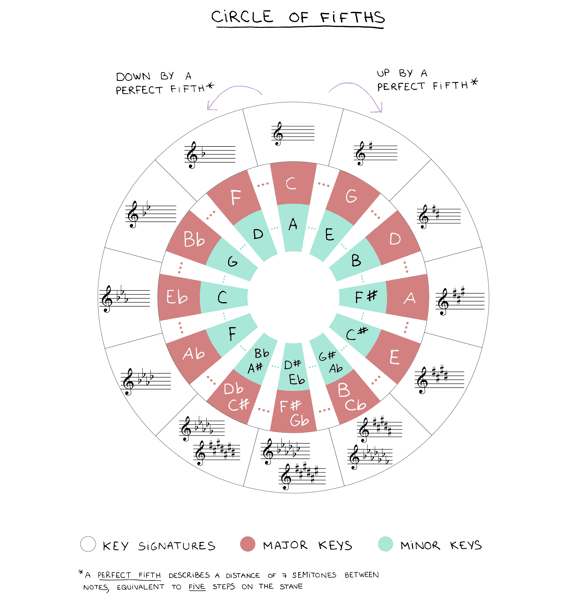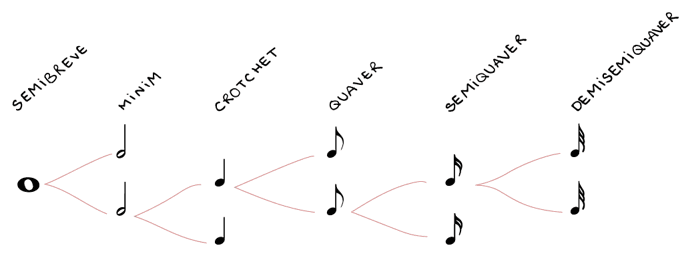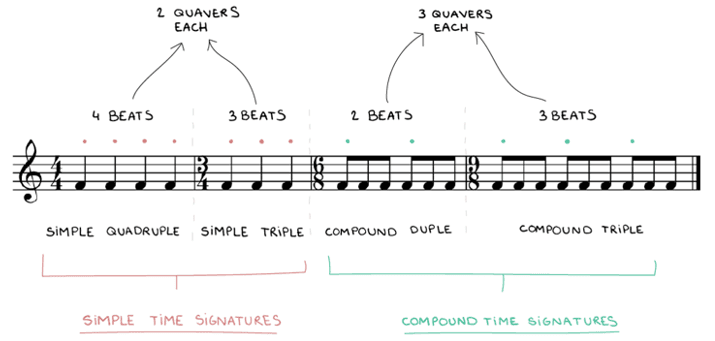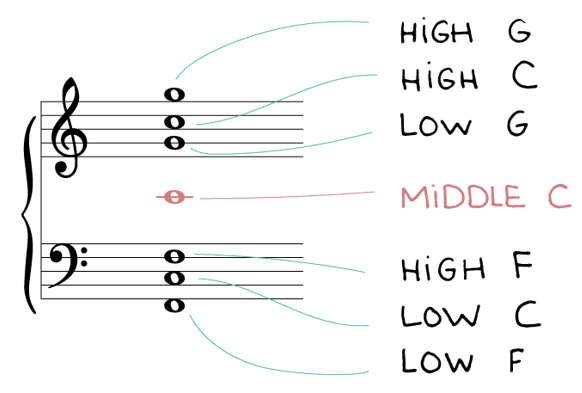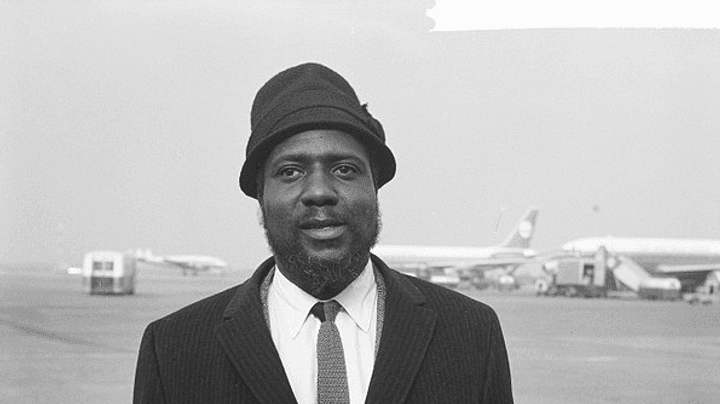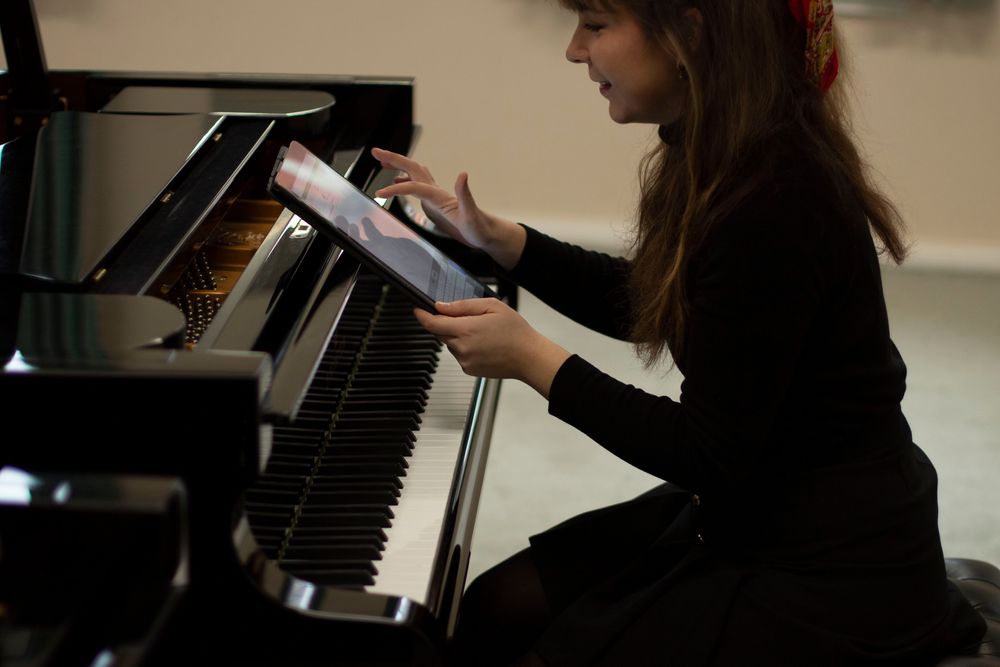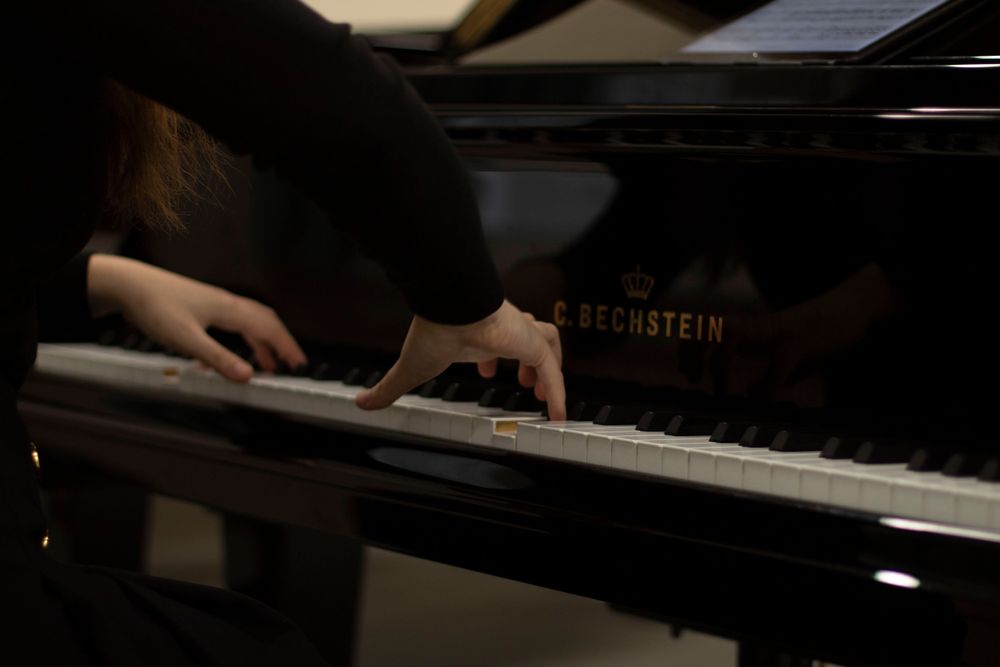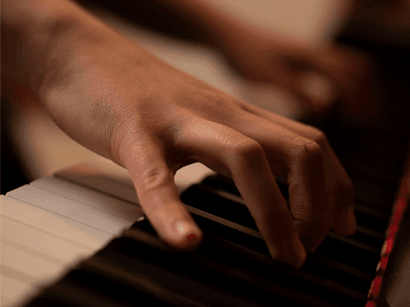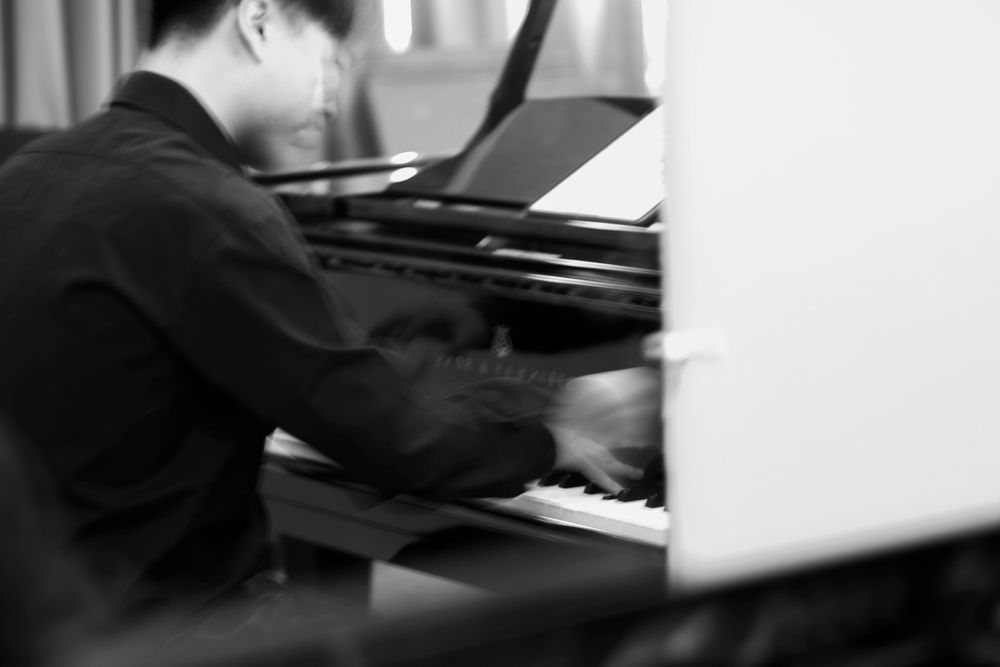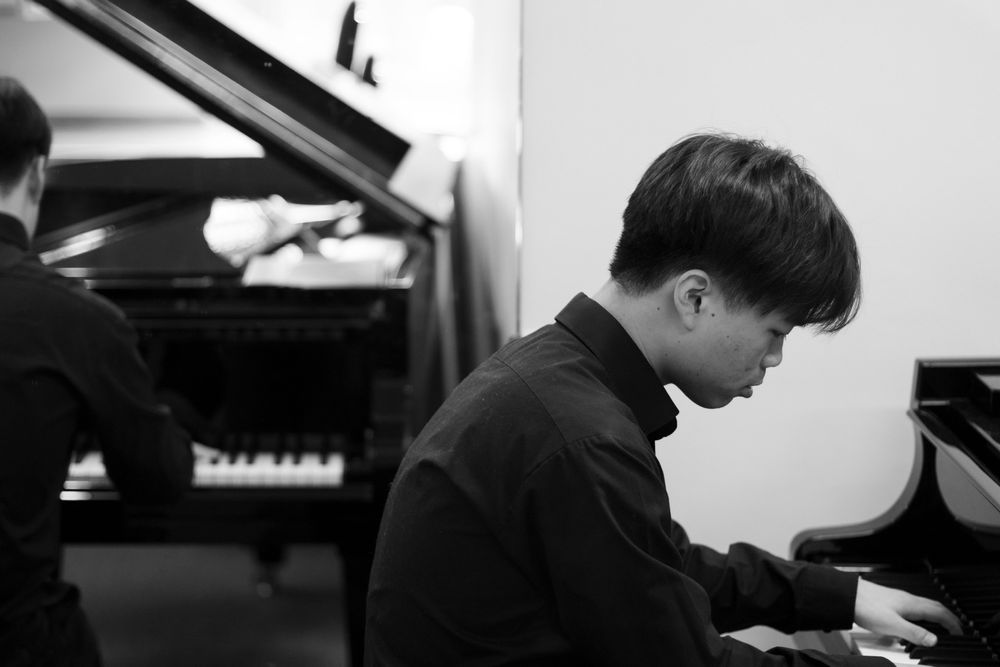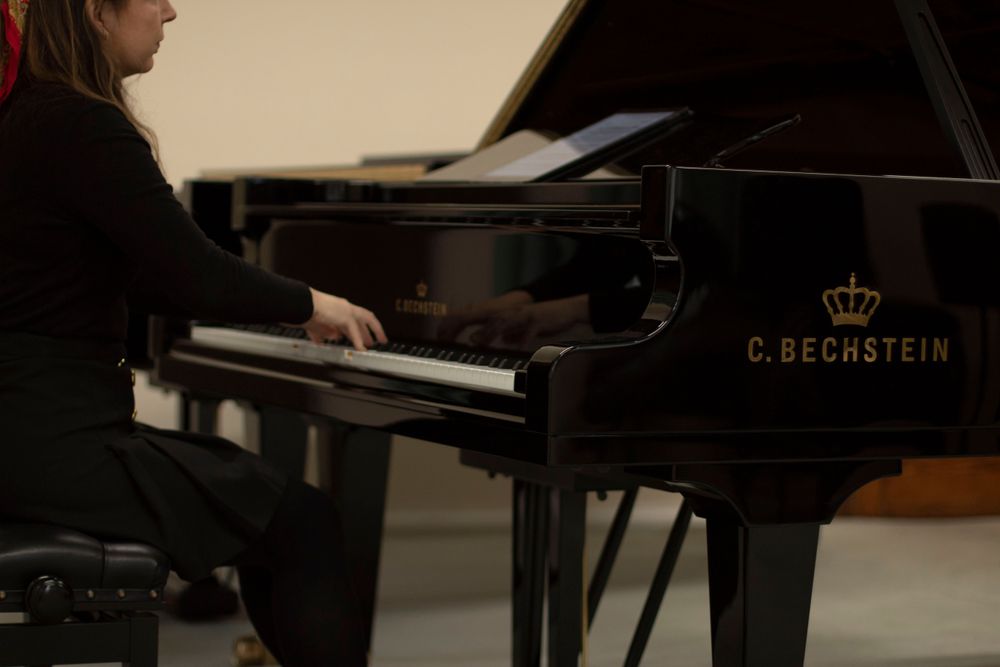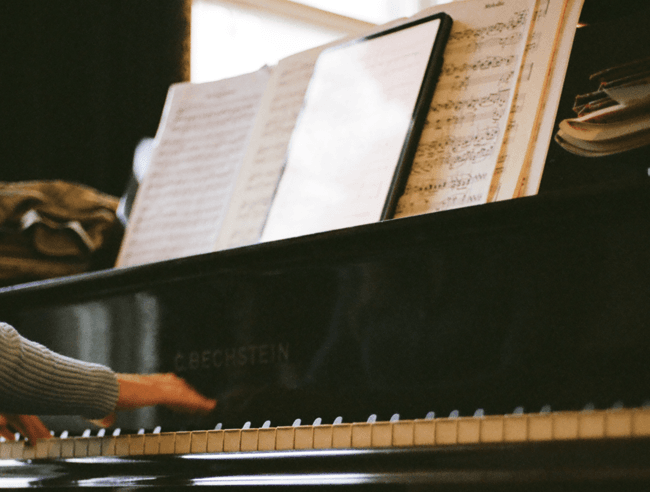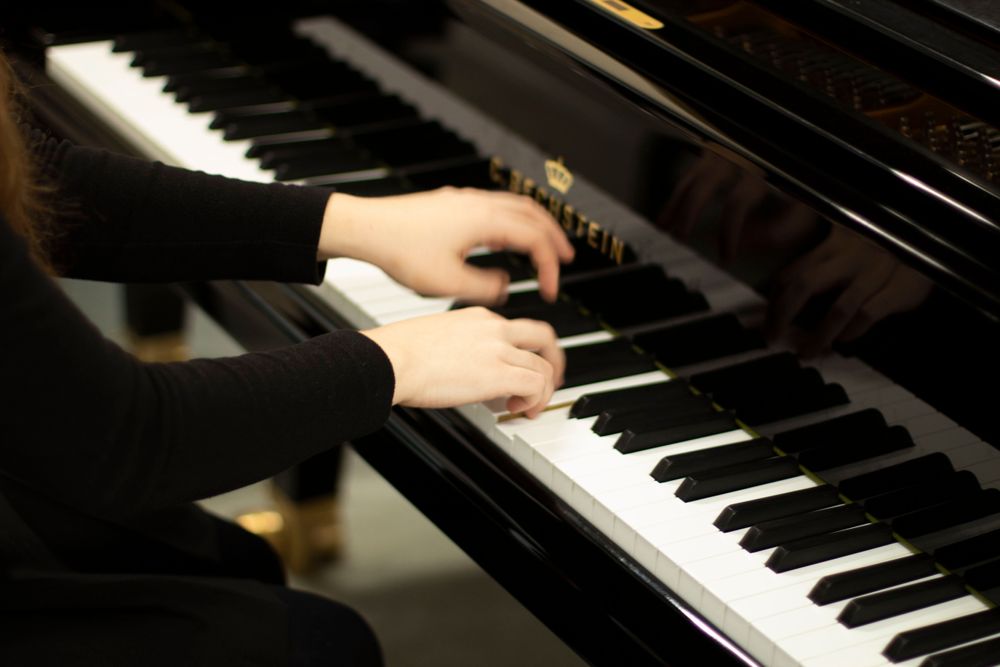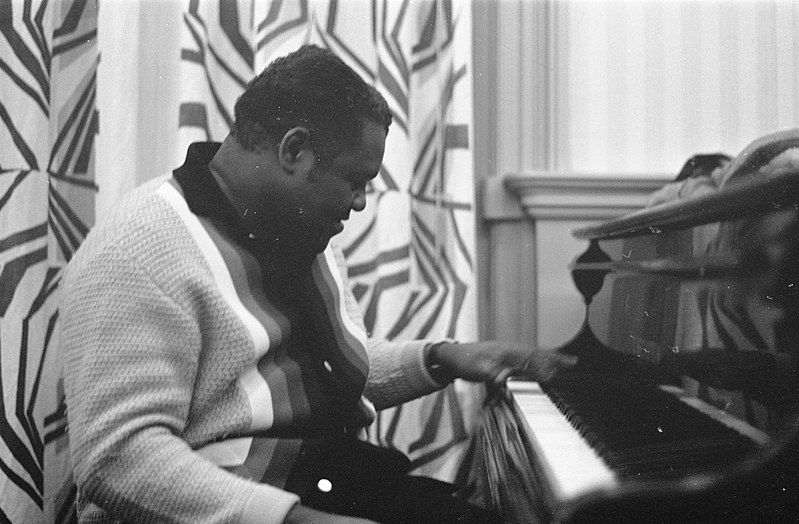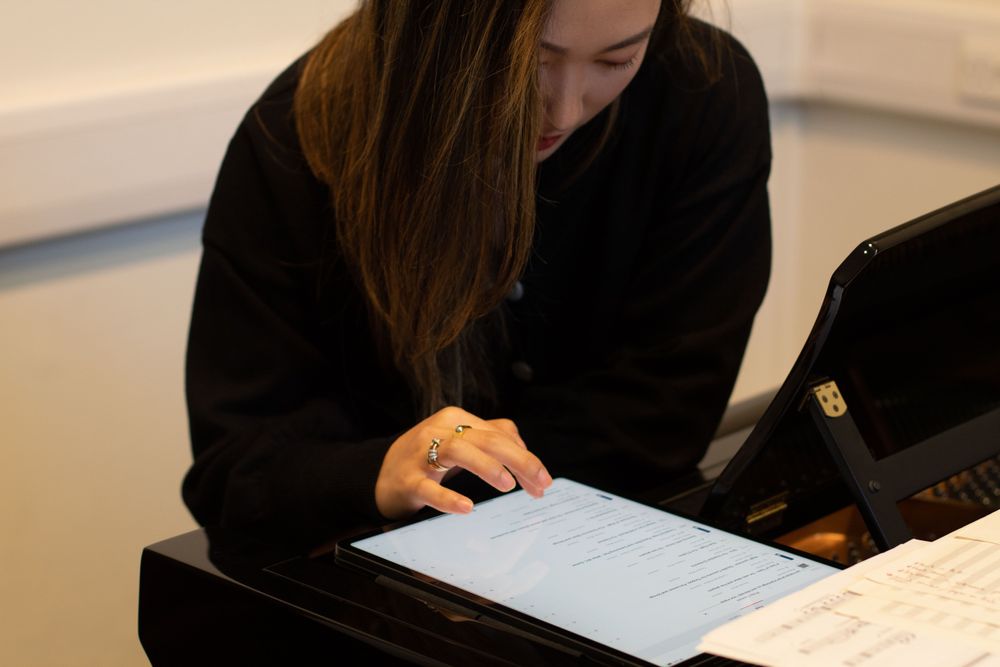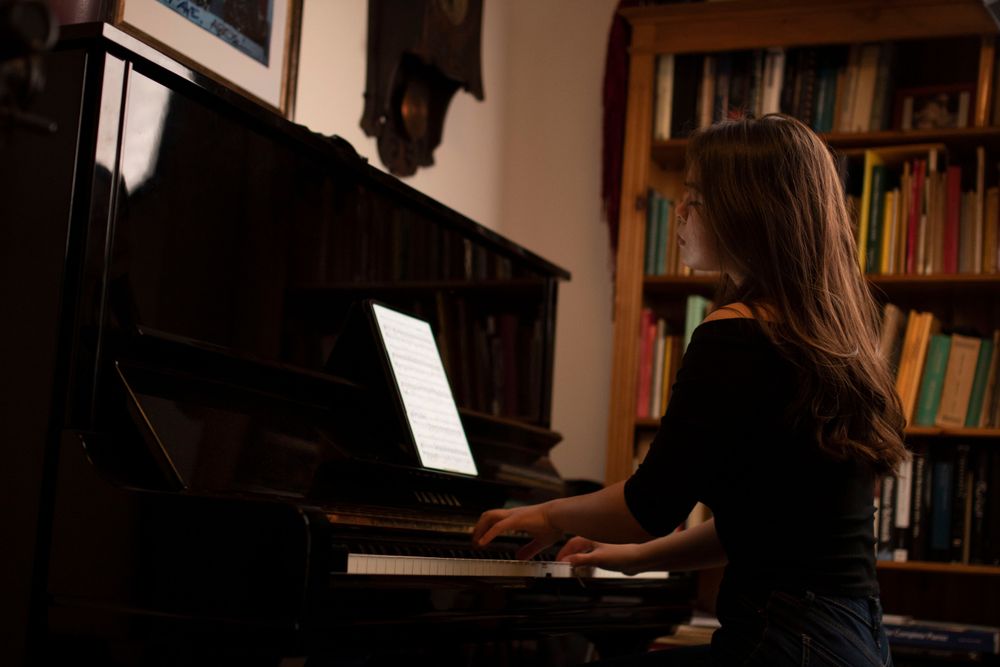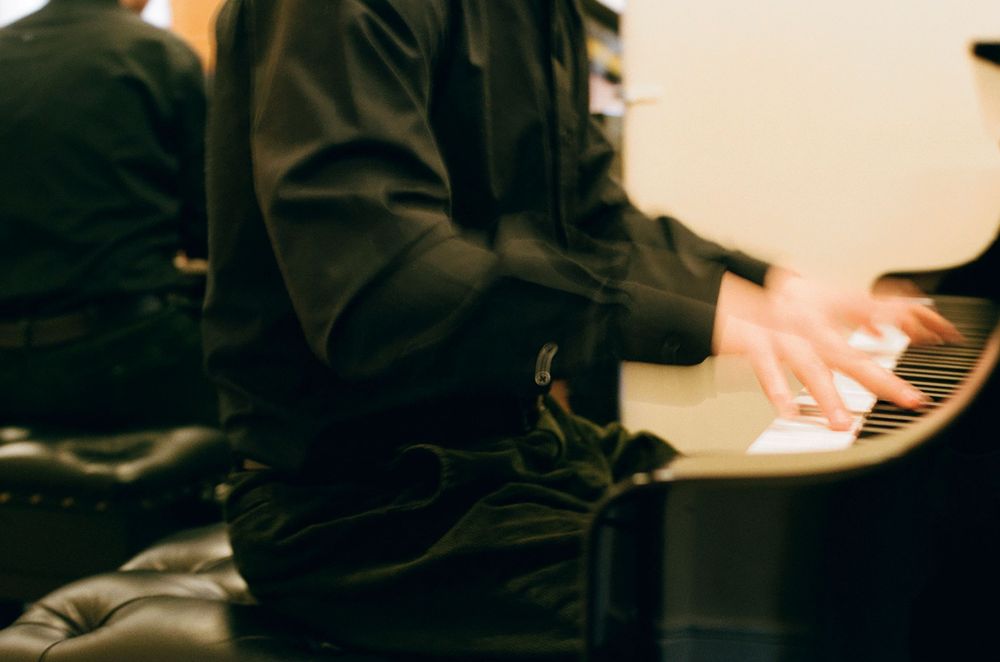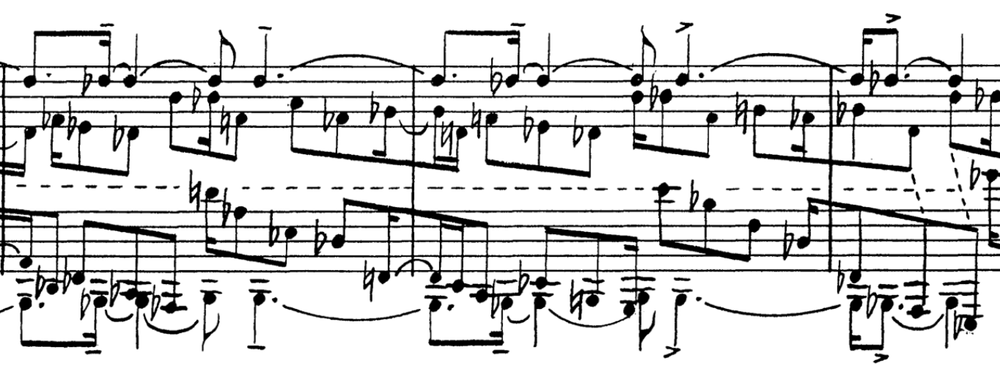Identifying piano notes by ear
This is something that a lot of musicians look to do when they’re learning piano notes. Being able to recognise notes by ear is a nifty trick, and for certain types of performing musicians, it can actually be a really useful and important skill.
As far as aural ability goes, it’s probably most practical to be able to hear some music and either work it out what it is fairly quickly, or identify whether it’s out of tune. For many, this skill is founded on being able to identify the individual notes themselves.
This is one of those things that some people can just do naturally. These lucky people have absolute pitch, and this is something that’s developed at a young age.
However, it is possible to work towards this ability and develop what’s known as relative pitch. This is the ability to identify or sing pitches based on their relationship to a fixed pitch that you can remember, known as a reference tone.
You can do this through sustained music-making - prolonged exposure to and interaction with music. But it’s also possible to work on it in a more focused way.
You can do this by figuring out a reference note that you can remember reasonably easily and accurately, and calculating the interval between that note and any other given pitch. That said, it’s easier said than done to remember an unmoving reference note reliably.
It’s helpful to work with intervals, because it’s easier to define the distance between two notes relative to each other, than to place one lone note against a fixed pitch that you have to imagine. That’s why, for most musicians, exercising relative pitch involves the use of intervals.
It’s even easier to identify intervals that you can actually hear. All you need to do is figure out the relationship between them - there’s no need to imagine any fixed reference note.
In time, intervals will become more and more familiar, but thinking of pieces of music that you know can help you to spot them. If two notes sound just like the opening gesture of the theme from Star Wars, for example, then you know they’re a perfect fifth apart.
These abilities can give you a secure footing on the road to understanding and recreating longer, more complex sequences of notes. But this too can be practised purposefully - spend some time listening to fragments of music and trying to reproduce them on the piano. In time, you’ll be able to play what you hear more accurately, more quickly.
But, as we said, you will also gradually develop the ability to work out and recreate music by ear simply by spending time engaging with music practically, whether that’s through practice, performance, listening or composition.
